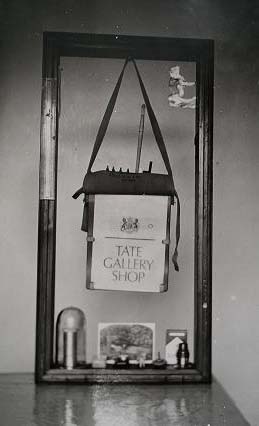February 9 - 11, 2007
90 years ago this year, the historic and devastating battles of Messines (June) and Third Ypres (July to November) took place. The Messines battle was notable for the simultaneous explosion of 19 huge mines under the German front positions along the Messines - Wytschaete Ridge. The massive craters transformed the landscape, and can be seen today. The Third Ypres (Passchendaele) battle (called by Lloyd George 'The Battl;e of the Mud') was notorious for the appalling weather and ground conditions for much of its duration, and became a byword for military incompetence. Surprise was not a factor, and the Germans could see the Allied preparations taking place for months before the first assault. For much of the time the battlefield became a morass. Tanks and field guns sank in the mud. Men, horses and mules were sucked under and drowned. British (including ANZAC and Canadian) casualties totalled some 315,000 (killed, wounded and missing). About a third of these, the usual proportion for a First Wiorld War battle, were dead.
Siegfried Sassoon (who was not there, but had fought on the Somme and at Arras) wrote 'I died in Hell, They called it Passchendaele').
I will be visiting the Ypres area of Belgium for some fieldwork for my Ypres Willows commemoration project (see other parts of this blog). My intention is to draw and photograph willow trees on the historic 'conflict landscape' of the Ypres (Ieper) Salient. This is one of several visits (my first was in the 1970s) in which I am working in many different light and weather conditions to capture and create images of willow trees.
These images will be shown in an exhibition at the Star Gallery, Lewes, in May 2007 and, I hope, at a location near Ypres (Ieper) later in the year. They will also be incorporated into an artist's book.
Subscribe to:
Post Comments (Atom)


No comments:
Post a Comment